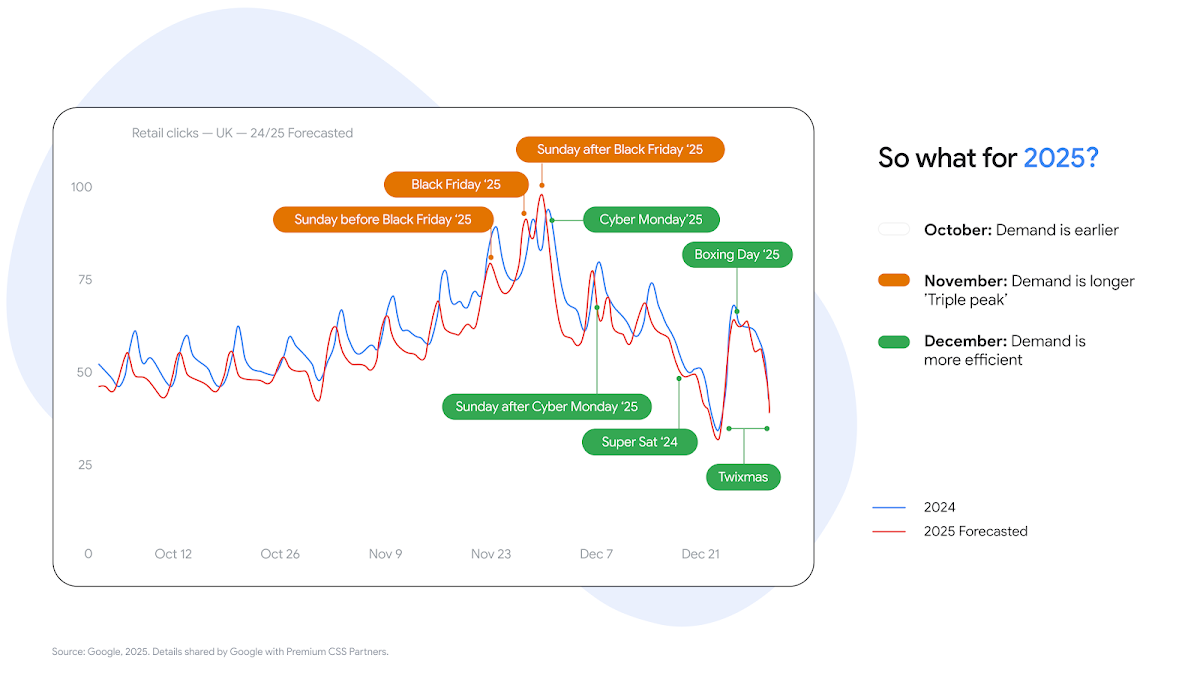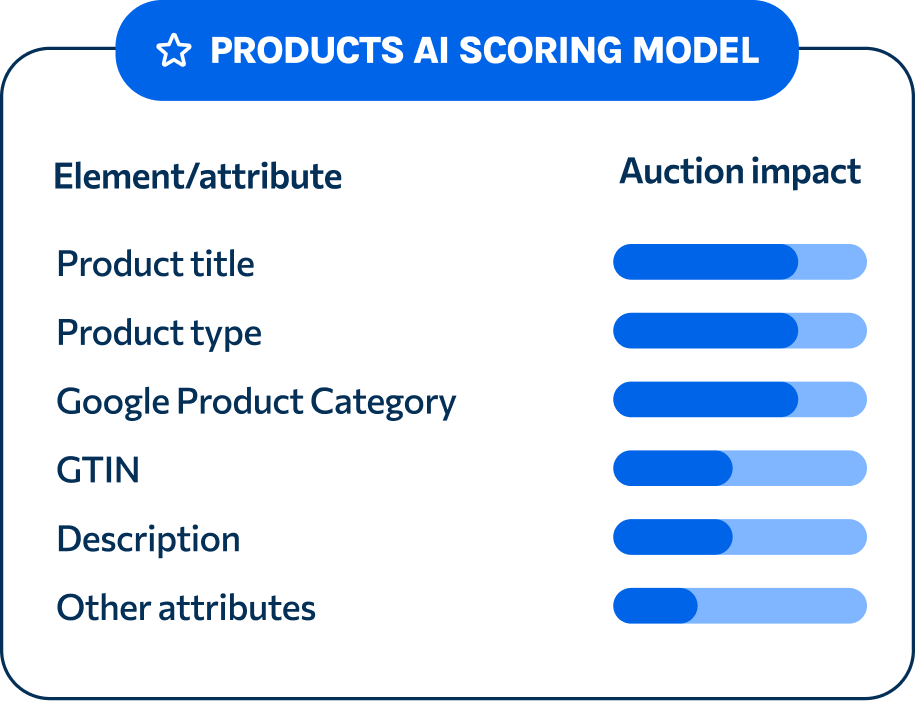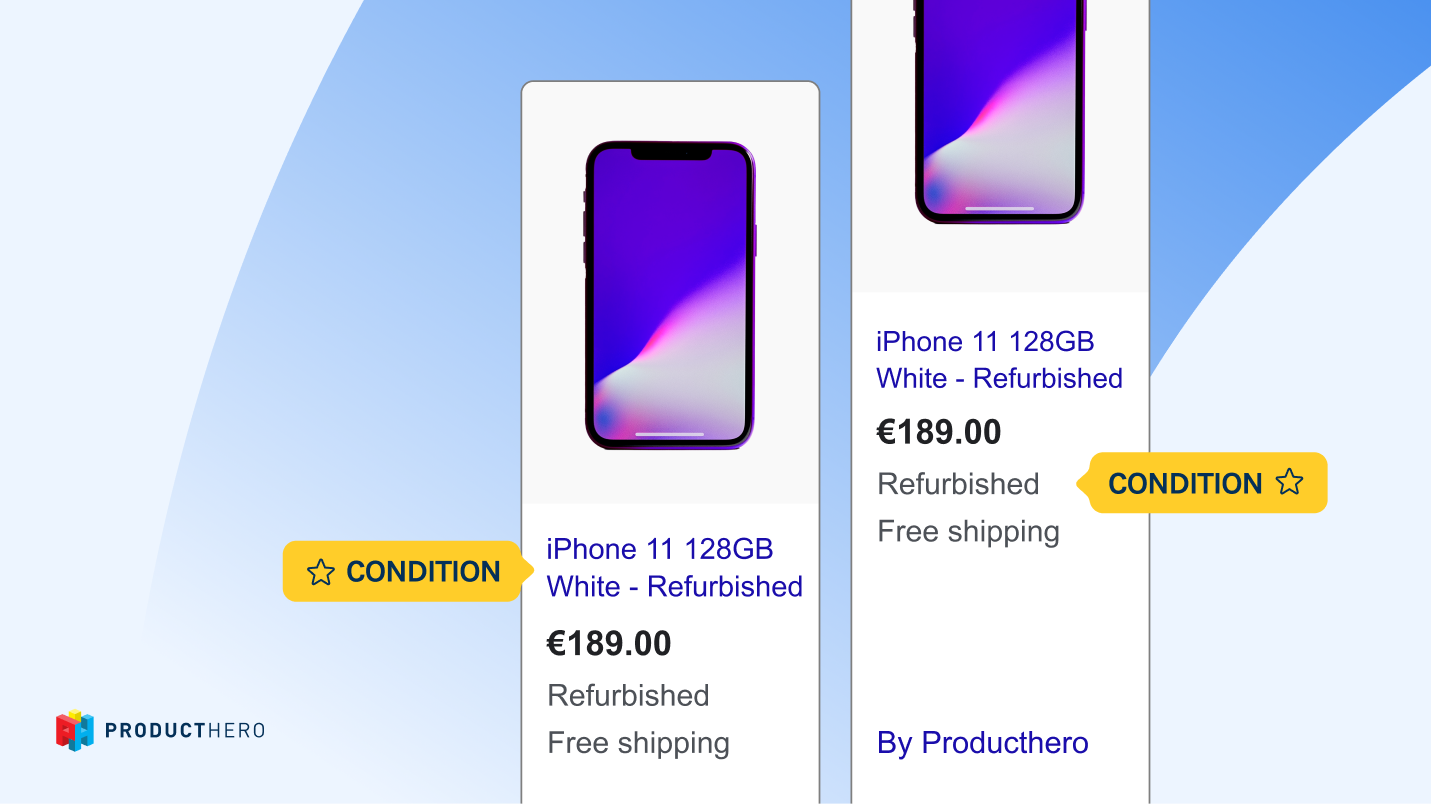Make the most of Peak Season 2025

As Black Friday 2025 approaches, eCommerce retailers are gearing up for the most exciting (and competitive) shopping period of the year.
During peak season shoppers are actively searching for the best deals, and it’s starting earlier than ever. Consumers now begin researching and comparing offers as early as September, continuing to shop well into January.
This guide will help with resources to help you make the most of the season and maximize performance from your Google Shopping and Performance Max campaigns.
The changing shopper mindset
In recent years, marketers have noticed that shoppers no longer make decisions in a straight line. Instead, they constantly move between scrolling, streaming, searching, and shopping, referred to as the “4S behaviors”defining today’s consumer experience.
On average, people interact with over 130 digital touchpoints each day. They mainly use Google Search and YouTube to research products and make comparisons before buying.

At the center of this new behavior is what Google calls the value equation. Before making a purchase, shoppers think carefully about three main factors:
- Price: Shoppers expect good prices but don’t want to sacrifice quality.
- Trust: They depend on honest reviews, authentic influencers, and clear, accurate information.
- Convenience: They prefer an easy checkout process, quick delivery, and simple returns.
Businesses that meet all three expectations are more likely to earn customer attention and sales.
The importance of starting early
Because shoppers are becoming more thoughtful, they also tend to start planning their purchases earlier in the season.

The shopping season is now spread out over a longer period. In 2024, for example, Super Saturday sales grew by 24% compared to the previous year, and the Sunday after Black Friday even outperformed Black Friday itself. Many shoppers begin deciding what to buy weeks before the usual big sale days.
Starting your campaigns early gives Google’s AI time to learn and adjust before the busiest shopping days. It also helps you reach customers who begin filling their carts as early as October.
Best practices for peak season
Optimize product titles and attributes
Your product feed contains all the information that Google uses to show your products to the right shoppers. With AI-driven discovery becoming more visual and conversational, structured and accurate data is more important than ever.
Titles should match how real people search. Use clear and descriptive keywords that help shoppers understand your products quickly.
You can edit titles manually, use scripts, or rely on tools like Producthero’s Title Optimizer and Products AI to automatically bulk-optimize your product titles and your entire product feed.
When optimizing titles, make sure you follow recommended structure depending on your industry:

Make sure that all important product attributes, like color, size, material, and GTIN (Global Trade Item Number), are filled in and consistent across your website and your Merchant Center feed. Consider how each attribute affects visibility and performance in the auction to know where to focus first:

Add sale price information & promotions
Sale prices make your products stand out and can significantly increase click-through rates during busy shopping periods.
To show sale badges in shopping ads, make sure your product feed includes the correct sale price details and valid sale dates.
Keep in mind that sale badges can’t be requested manually. Even if your products are eligible, Google decides when and where it makes sense to display them.
You can check eligibility in the Merchant Center → Products → Has sale badge: Yes/No.
Promotions help boost visibility and engagement during high-traffic moments, but they must be approved by Google before going live. Keep offers simple, transparent, and time-limited. To avoid approval delays, finalise and submit promotions 4–6 weeks before key retail dates.
For setup details and policy guidance, see our blog post on promotions and sale badges.
Shipping and delivery
Fast and transparent delivery influences purchasing decisions as well. Almost half of Black Friday shoppers say that free delivery influences where they shop, so you might consider it during your holiday promotions or discount campaigns. Offering free or faster shipping for orders over a certain amount (like free delivery on orders above €50) can boost your average order value and help you stay competitive.
You can add shipping details in your feed using these two attributes:
- shipping_label: Groups products that share the same shipping rules.
- free_shipping_threshold: Sets the minimum order value required for free shipping.
Review your budget strategy
During peak periods, campaign budgets can deplete faster than expected as traffic and competition surge. Use Google’s Budget Depletion Dashboard to track pacing, adjust spend in real time, and keep high-performing campaigns active during the busiest weekends.
Be flexible over the season: increase budgets for campaigns that are performing well, and reduce spend for those that aren’t delivering. Don’t end campaigns too early either; post-holiday periods often deliver high-value traffic as consumers continue purchasing through late December and early January.
Build a promotional calendar
A promotional calendar helps you align offers, creatives, and campaigns with key shopping moments. Map out discounts, launch dates, and key product pushes ahead of time.
Pair this with smart product segmentation, for example, using Producthero Labelizer to group products based on performance. The Labelizer helps you build a more efficient campaign structure by automatically labeling products, allowing you to allocate more budget to top performers, reduce wasted spend on low performers, and give best-sellers and high-margin items the visibility they deserve.
Prepare your creative assets and tracking
Ensure all creative assets are optimized for Performance Max, with tailored imagery, videos, and messaging that reflect your seasonal promotions. Check that conversion tracking is implemented well across devices and channels, and use audience signals to guide automation toward your most valuable customers.
Connecting online and offline
Today’s shoppers don’t separate online and offline experiences; they expect them to work together. In fact, 92% of in-store buyers research online first, so it’s important to connect digital discovery with physical shopping.
Make sure your Local Inventory Ads (LIA) are active and always show real-time stock availability. For last-minute shoppers, clearly display which products are in stock and where your stores are located. Show pickup options like “Pick up today” or “Pick up tomorrow”, and communicate delivery times, return windows, and store hours clearly.
Shoppers in this specific time of the year are more time-sensitive than ever, so make sure you can deliver on time. Set up automatic alerts for shipping delays so customers always know what to expect.
Managing returns
Returns have become a major part of online retail, but they can quickly affect profit if not handled well. In 2024, the cost of returns in the U.S. reached billions of dollars, and it keeps rising. January 2, often called “National Returns Day,” is now the busiest day of the year for returns.
For many retailers, returns are no longer just an operational task: they are part of the overall customer experience. A clear and easy-to-find return policy builds trust. Fast refunds and simple return options, such as drop-off points or courier pickup, make shoppers more confident to buy.
When customers know that returning an item is easy, they are more likely to purchase again and stay loyal to your brand.
Make the most of peak season with Producthero
With Producthero CSS, you can lower your ad costs while increasing bidding power and reach, helping your campaigns stay competitive when CPCs rise. If you’re not yet using a Comparison Shopping Service (CSS) for your Google Shopping ads, you could be missing a great opportunity to get more clicks and sales without increasing your budget.
Strengthen your performance further with Producthero’s Feed Optimization tools to boost CTR and conversion rates, and use the Labelizer to segment products by performance so you can allocate budget more efficiently and avoid wasting spend on low- or non-converting items.
Keep a close eye on competitor pricing with Price Benchmark insights. Track how your prices compare to those of other advertisers and adjust your strategy when needed to stay competitive, visible, and profitable throughout the peak season.
Cikkeink és esettanulmányaink
.png)
A guide to seasonality adjustments in Google Ads



